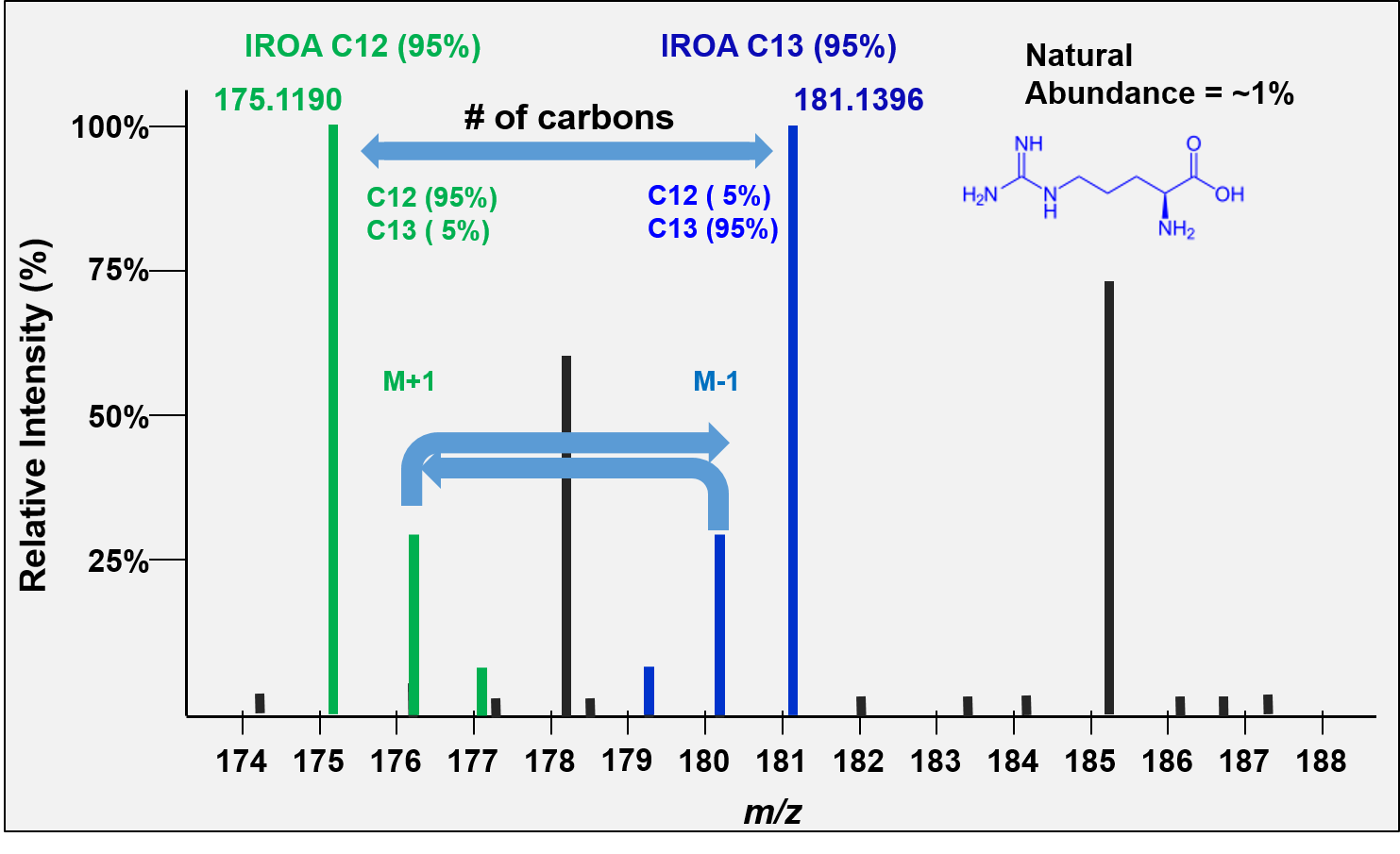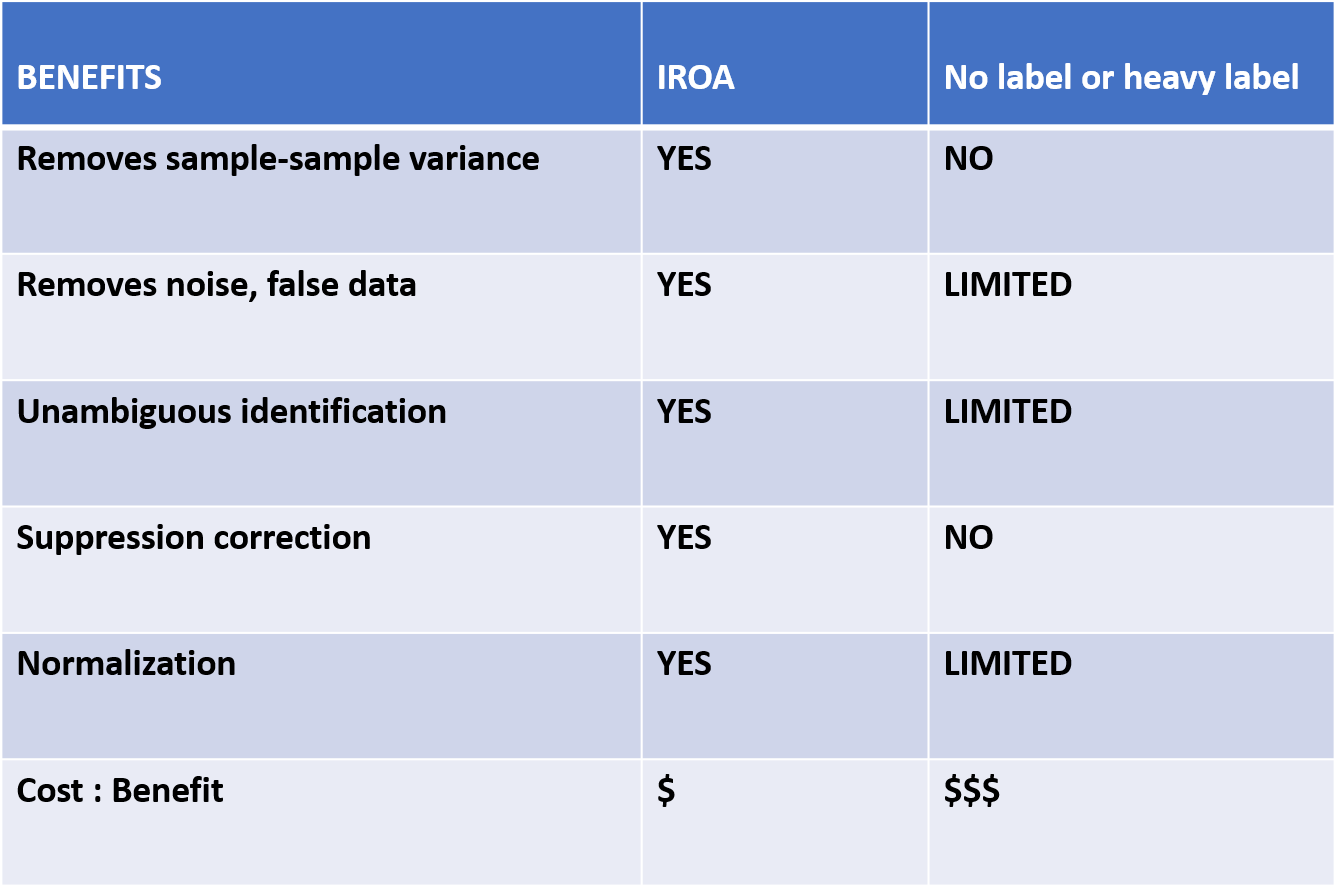13C labeled Yeast Extract Makes a Great Internal Standard for Metabolomics Workflows
Many standards are used as external calibrants because they usually have a natural-abundance isotopic balance and cannot be added to matrices containing the same molecules as they are not distinguishable. A good internal standard (one you can spike into samples) should be chemically similar to the matrix you are analyzing to be able to accurately identify and measure as many metabolites as possible. A great internal standard can account for matrix-induced ion suppression, chromatographic quality, and analytical drift, and can be used to normalize samples.
Why Use Labeled Yeast Extract as an Internal Standard?
Yeast extract contains many different key primary metabolites including amino acids and derivatives, carbohydrates, vitamins, nucleotide/nucleosides, coenzymes, organic acids and derivatives, lipid-like molecules, polyamines, and peptides. Yeast can be easily grown and fully labeled in large fermentation batches using U-13C6-labeled glucose as the sole carbon source. Large quantities of stable 13C labeled yeast extract can be prepared and properly stored to use for LC-MS/MS Metabolomic Workflows.
What makes IROA 13C labeled Yeast Extract the Best Internal Standard for Metabolomic Workflows?
The IROA-based 13C labeled Yeast Extract Workflow) is a protocol based on demonstrated principles that serve to correct the systemic errors introduced during sample preparation (using Dual-MSTUS normalization) or within the mass spectral instrumentation (using suppression-correction algorithms).
The Workflow is based on a set of (5 atom%13C and 95 atom%13C) calibrated Yeast Standards which contain hundreds of carefully LC-MS/MS characterized yeast metabolites. A LC MS/MS Retention Time (RT) verified-identity “library” of m/z and physical characteristics for all IROA peaks has already been uploaded in the ClusterFinder software provided with the Workflow kit. These include fragments that also have the unique IROA ratio pattern derived from their parent peaks and identified using the “peak correlation” ClusterFinder module.
IROA isotopically-labeled internal standards suffer the same matrix-induced ion suppression, source modification, or chemical transformation. Measurements accurately reflect the changes in concentration due to ion suppression and are therefore used to correct these variances. A “Dual MSTUS*” algorithm is used for normalization of the total area under the curve (AUC) for all natural abundance suppression-corrected peaks to the total AUC of their corresponding IROA-IS peaks which allows for normalization of samples to a true Standard, i.e. that is the same every day.
The IROA 13C labeled yeast extract Workflow provides for complete verifiable compound identification and quantitation (suppression-corrected). It also normalizes samples against one another (corrects for inherent sample variations, e.g. from dilution, or size). ClusterFinder reports the raw data, suppression-corrected data, and normalized data.
For additional information and background information on our Metabolomic workflow, please refer to TruQuant.


